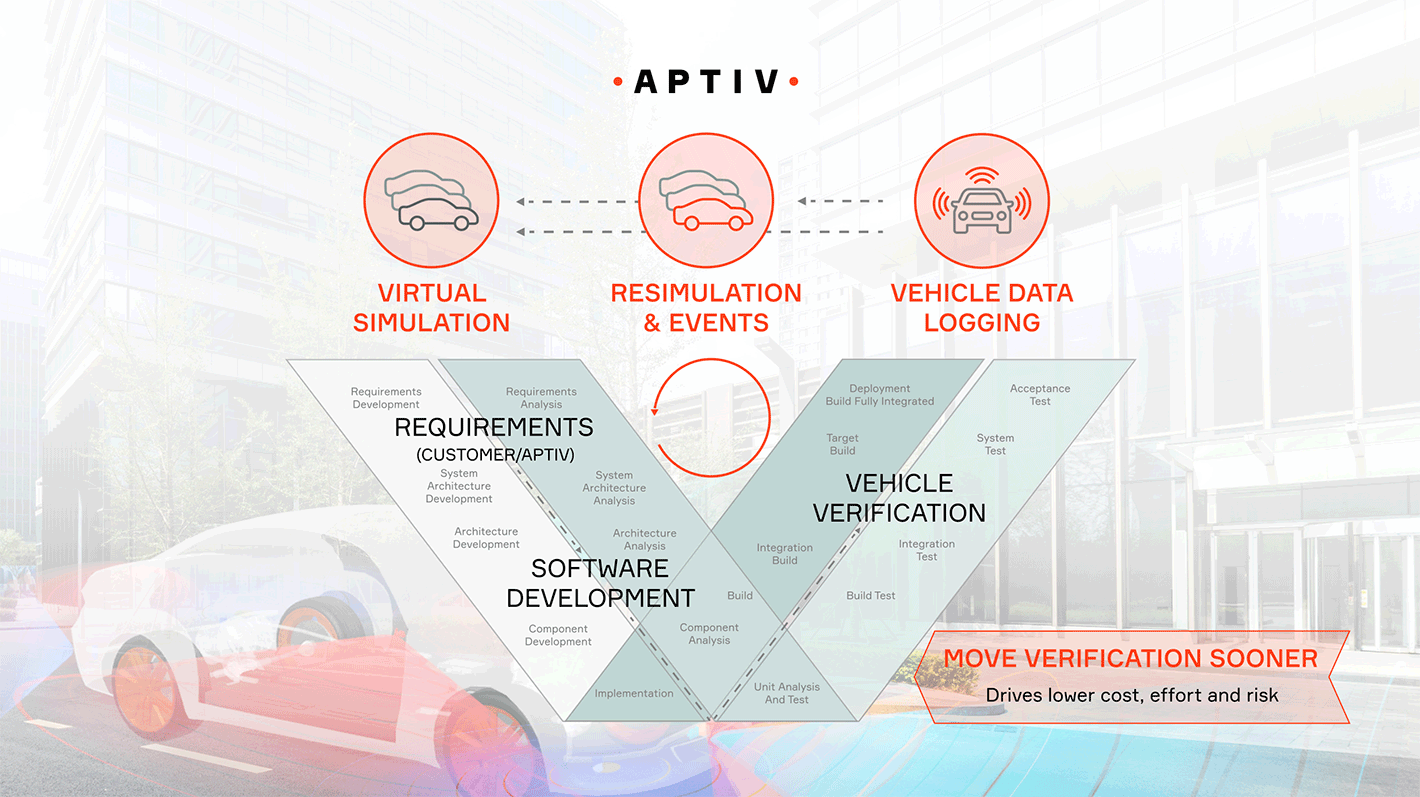What Is Shift-Left Testing?
Shift-left testing is a software development practice used in the automotive industry that involves testing and validating software code as early as possible to reduce development costs, accelerate time to market and improve quality and performance.
The amount of software required by modern vehicles has grown to tens of millions of lines of code. This new software enables functions ranging from basic infotainment and vehicle body control to advanced safety-critical features such as ADAS and autonomous driving systems.
The pace of technological change puts pressure on OEMs to incorporate new features closer to the start of production, and disruptions in software development can delay a product launch. Shift-left testing is essential to optimizing resources while meeting consumer demand for advanced software features.
Shifting left of what?
The term “shift left” refers to the act of moving up the software testing phase to occur earlier (to the left) on a project timeline. The framework behind shifting left is the V-model of software development. Early steps — such as gathering requirements and designing systems and architectures — run from top to bottom down the left side of the V. Coding sits at the bottom of the V. Once code is developed, it goes to different teams for unit testing, integration testing and system testing — late-stage functions that run up the right side of the V.
By testing and validating code earlier, developers shift steps to the left on the V. Doing so can help them identify bugs before the code is committed to a repository or introduced into the code base. In this way, shift-left testing aligns with the principles of continuous integration and continuous deployment.
The V model is the predominant style of software development in the automotive industry.
Using simulation to shift testing to the left
Shift-left testing is particularly critical in automotive applications because the software-defined vehicle requires so many types of tests, such as software-in-the-loop, hardware-in-the-loop and vehicle-in-the-loop.
One key tool to enable shift-left testing is software-based simulations, which allow developers to run automated tests that can be performed more frequently and are faster, more cost-effective and more repeatable than on-the-road vehicle-level validation tests. Simulations also allow developers to test certain conditions before the vehicle undergoes road testing and before the actual hardware is available. This enables teams to refine hardware specs based on the test results, bring new features to market faster, generate revenue faster and free up developer resources to move on to the next project.
As system complexity increases, the cost of remedying software defects increases. For example, the typical remediation cost to fix an error found during vehicle-in-the-loop testing is more than 13 times the cost of fixing the same defect when found in the software-in-the-loop phase. Shift-left testing helps ensure that defects are caught when they cost less to fix.
Typical costs of software defects found at each level of testing.
Aptiv and Wind River enable developers to shift left
Wind River Studio is a cloud-native DevOps platform that provides virtual test environments for software developers to perform shift-left testing. Studio integrates various technologies that allow developers to mix and match physical and virtual resources in a virtual lab environment, enabling shared hardware access earlier in the DevOps cycle and streamlining software testing.
Wind River Studio Test Automation is responsible for connecting tests to the software under development, automating the software configuration to ensure that all relevant cases are accounted for and then handing off requests to Studio Virtual Lab. Studio Pipelines provides a one-click process to automate and customize pipelines to increase developer productivity.
The ability to shift testing to the left with Aptiv’s and Wind River’s back-end tools empowers developers to compress the time it takes to develop software, improves quality and reduces time to market.

